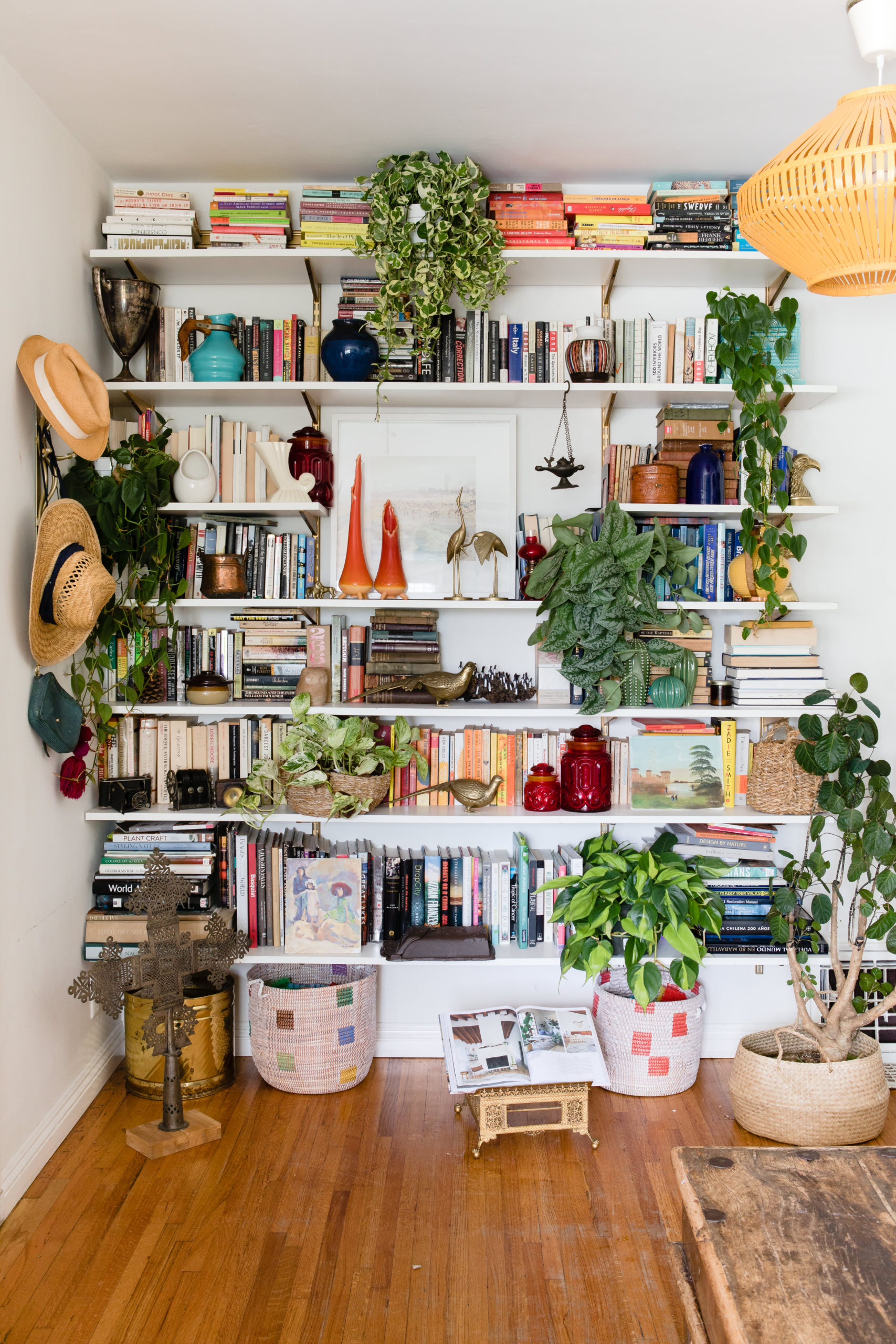Imagine walking into a library where the air feels fresher, the colors more vibrant, and the atmosphere more inviting—all thanks to the clever curation of plants. Library plant curation is an emerging trend that blends the tranquility of nature with the intellectual richness of books. Not only do plants enhance the aesthetic appeal, but they also improve air quality and create a calming ambiance conducive to reading. Whether you're a librarian looking to revamp a public space or a book lover wanting to create a cozy reading corner at home, these curated plant ideas will guide you in transforming your library into an enchanting oasis.
1. Select Air-Purifying Plants

Choosing air-purifying plants like the spider plant or peace lily is a great starting point for your library plant curation. These plants not only add a touch of greenery but also improve air quality by filtering out toxins. Place them strategically around the library to create a fresh, invigorating atmosphere. Their low maintenance needs make them perfect for busy environments. Consider grouping them in clusters for maximum impact. Not only will they enhance the library's aesthetic, but they will also contribute significantly to the well-being of its visitors.
2. Incorporate Vertical Gardens
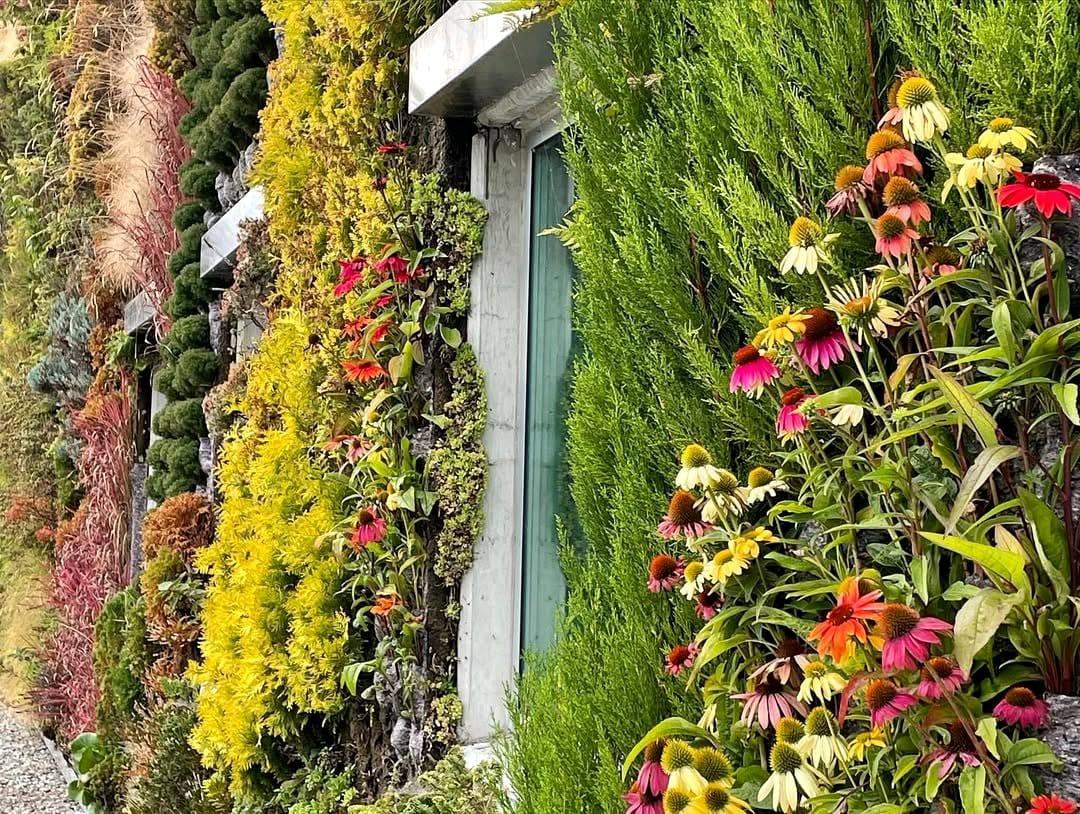
Vertical gardens are a creative way to integrate plants into your library without taking up valuable floor space. These living walls can be a stunning focal point, offering a lush backdrop for reading areas. Choose trailing plants like pothos or ferns that cascade beautifully. Ensure they get adequate light and consider installing a simple irrigation system for easy maintenance. Vertical gardens can also act as natural sound absorbers, making your library a more peaceful place to read and relax.
3. Use Hanging Planters

Hanging planters filled with trailing ivy or philodendrons can add a whimsical touch to your library. They draw the eye upward, creating an impression of openness and space. Use macramé hangers for a bohemian feel or sleek metal chains for a modern look. Position them near windows to take advantage of natural light. Hanging plants add a layer of visual interest and can soften the stark lines of bookshelves, making the space feel warm and inviting.
4. Create a Reading Jungle

Transform a section of your library into a 'reading jungle' by densely grouping various tropical plants. Choose lush, leafy options like monstera, bird of paradise, and rubber plants for their dramatic foliage. This setup can create a secluded, immersive reading nook that feels like an escape to the tropics. Ensure the area has ample light and maintain humidity levels to keep the plants thriving. This jungle corner can become a favorite spot for readers seeking solitude.
5. Use Plant-Themed Décor

Incorporating plant-themed décor is a subtle way to enhance the library’s aesthetic. Use cushions, throws, or wall art featuring botanical prints to complement your live plants. This approach ties the theme together without overwhelming the space. Opt for colors that mirror your plant selection—rich greens, earthy browns, and pops of floral hues. This cohesive look not only beautifies the library but also echoes the tranquility of nature.
6. Add Succulent Displays

Succulents are perfect for library plant curation due to their low maintenance and variety of shapes. Create a succulent display on a reading table or a windowsill for a touch of desert charm. Mix different types and sizes for visual interest—consider echeveria, jade plants, and aloe. Their unique textures and colors can act as natural art pieces, sparking conversation among patrons. Plus, succulents thrive with minimal watering, making them ideal for library settings.
7. Introduce Aromatic Herbs

Aromatic herbs like rosemary and lavender can add a sensory dimension to your library. Their soothing scents can enhance relaxation and focus, making them perfect companions for reading. Place them in small pots on window ledges where they can receive ample sunlight. Be sure to prune them regularly to maintain their shape and encourage growth. Not only do they smell wonderful, but they also bring a bit of culinary charm to the space.
8. Design a Zen Plant Area

Create a Zen corner in your library with carefully curated plants like bonsai trees or bamboo. These plants are associated with tranquility and mindfulness, which align perfectly with the library’s calming environment. Use simple, clean-lined pots and arrange them on low tables or shelves. This area can serve as a peaceful retreat for meditation or quiet reflection, enhancing the library’s role as a sanctuary for the mind.
9. Embrace Seasonal Plants

Introduce seasonal plants to keep your library fresh and in tune with nature’s cycles. In winter, display poinsettias; in spring, opt for tulips or daffodils. This dynamic approach keeps the library’s decor lively and engaging throughout the year. Seasonal plants can also be used to mark special events or holidays, creating a festive atmosphere that attracts visitors and encourages community engagement.
10. Create Plant Bookends

Combine functionality and aesthetics by using small plants as bookends. Choose sturdy pots with succulents or cacti that can hold up your favorite reads. This creative solution adds greenery to shelves without sacrificing space. It’s an easy and practical way to integrate plants into every nook of the library. Plus, it offers a delightful surprise for patrons perusing the shelves.
11. Use Large Statement Plants

Large statement plants like the fiddle leaf fig or a tall dracaena can serve as focal points in your library. Place them in corners or near seating areas to draw the eye and add height to the space. These plants make a bold visual impact and can anchor the room’s design. Their presence creates a sense of grandeur and elegance, elevating the library’s overall ambiance.
12. Arrange Plant Terrariums
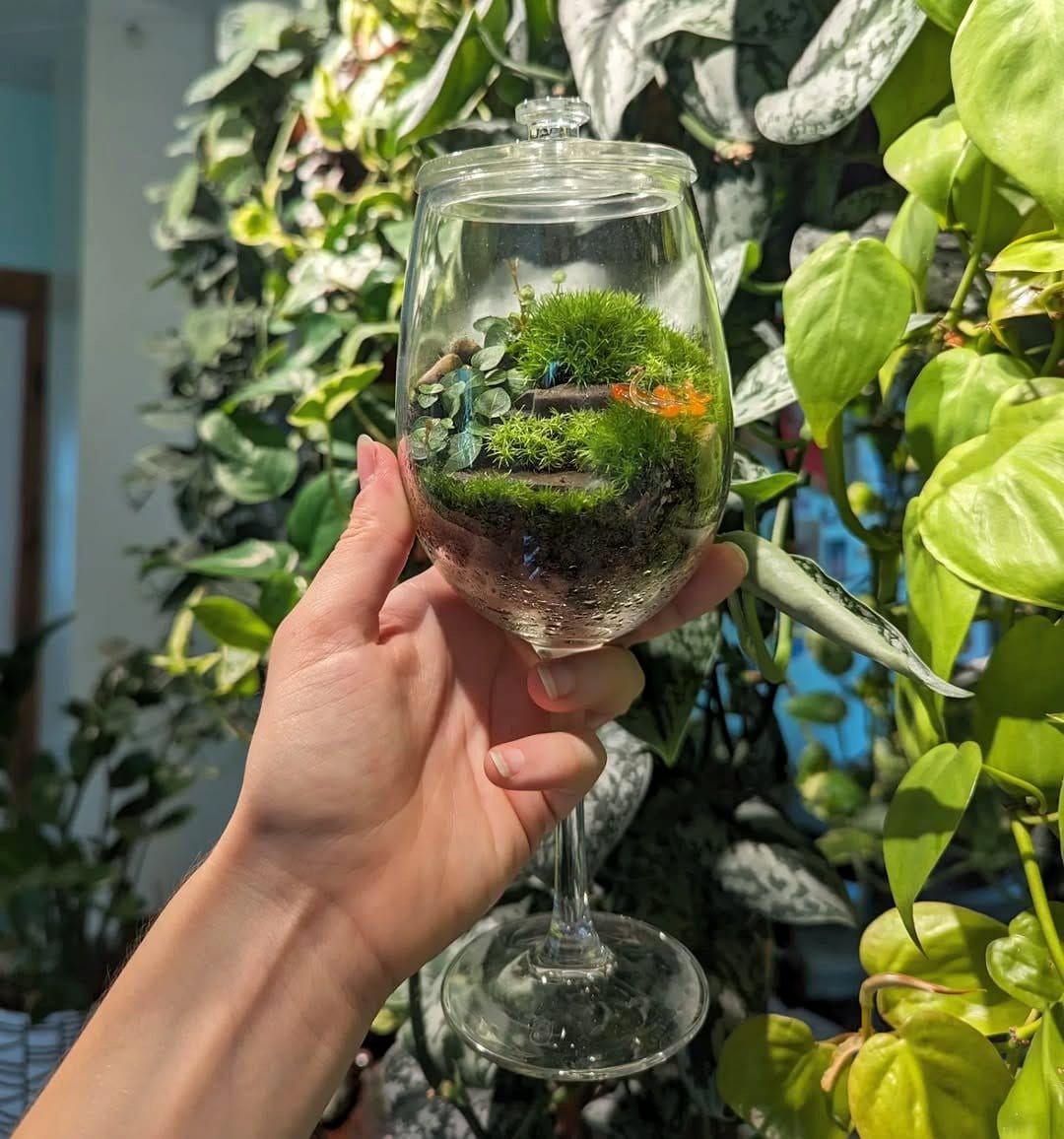
Terrariums offer a miniature world of plants encased in glass, adding a touch of enchantment to your library. Choose a variety of mosses, miniature ferns, and small succulents to create a lush, self-contained ecosystem. Place them on desks or shelves to invite curiosity and wonder. Terrariums are low-maintenance and can spark interest among visitors, especially those new to plant care.
13. Highlight Rare Plant Species

Displaying rare or unusual plants can turn your library into a botanical attraction. Consider showcasing orchids, tillandsias, or carnivorous plants. These exotic species intrigue visitors and offer educational opportunities. Create informative displays detailing their origins and care tips. Highlighting rare plants can enhance your library’s reputation as a place of discovery and learning.
14. Develop a Children's Plant Corner
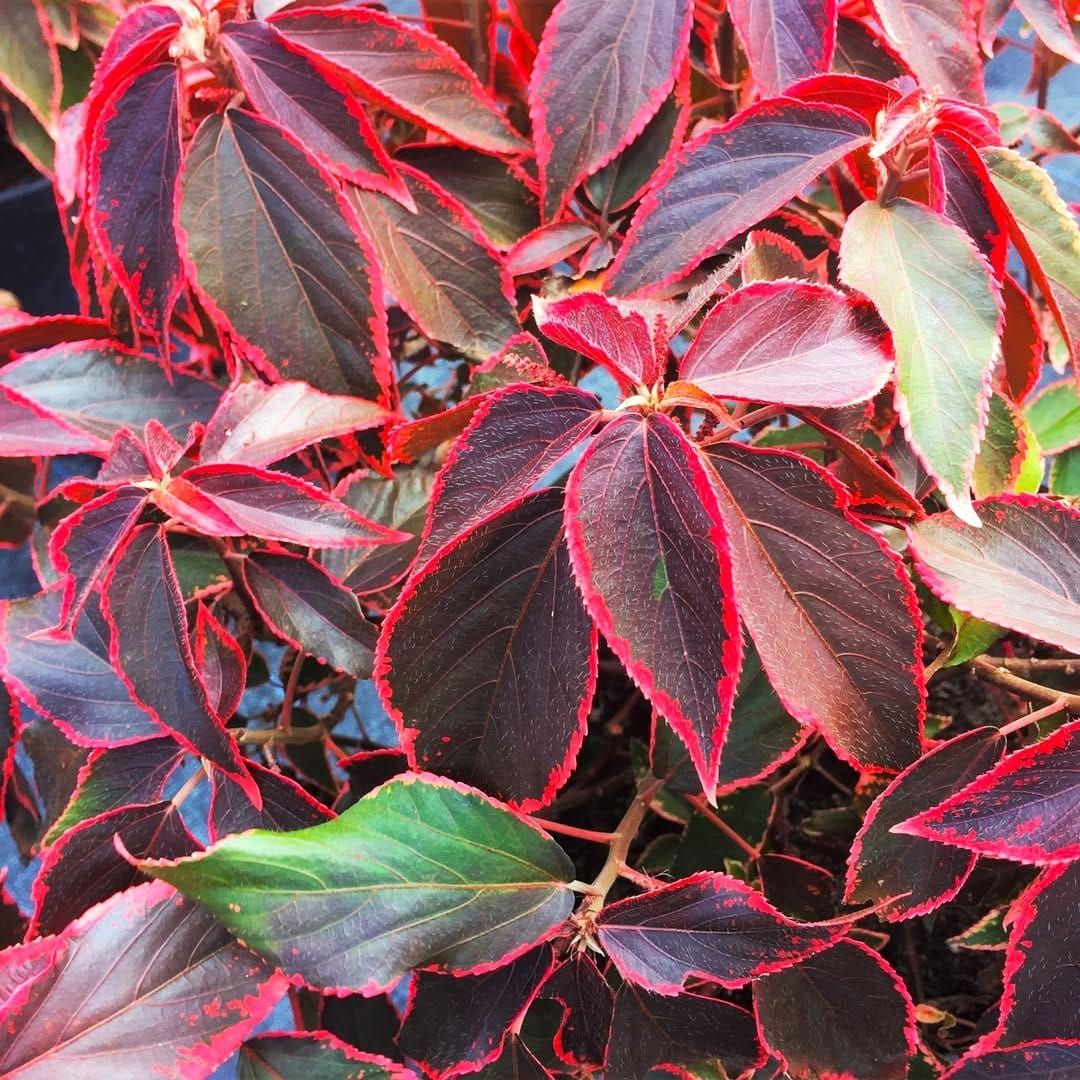
Create a dedicated plant corner for children, using colorful pots and easy-care plants like marigolds or sunflowers. This area can be both educational and fun, engaging young readers’ curiosity about nature. Encourage interaction by labeling plants with their names and interesting facts. This playful approach can inspire a lifelong love of both books and plants.
15. Opt for Low-Light Plants

Not all library areas are flooded with natural light, so choosing low-light plants like snake plants or ZZ plants is crucial. These hardy options thrive in dimmer conditions and require minimal care. Place them in darker corners or along shadowed walls to ensure every part of your library benefits from greenery. Low-light plants keep your library lush and alive, even in less illuminated spaces.
16. Incorporate Hydroponic Systems

Hydroponic systems allow you to grow plants without soil, using nutrient-rich water instead. This innovative approach can be a fascinating addition to your library, showcasing modern agricultural techniques. Opt for herbs or leafy greens, and install the system in a well-lit area. Hydroponics can serve as an educational tool, offering workshops or demonstrations to engage the community.
17. Use Plant Partitions
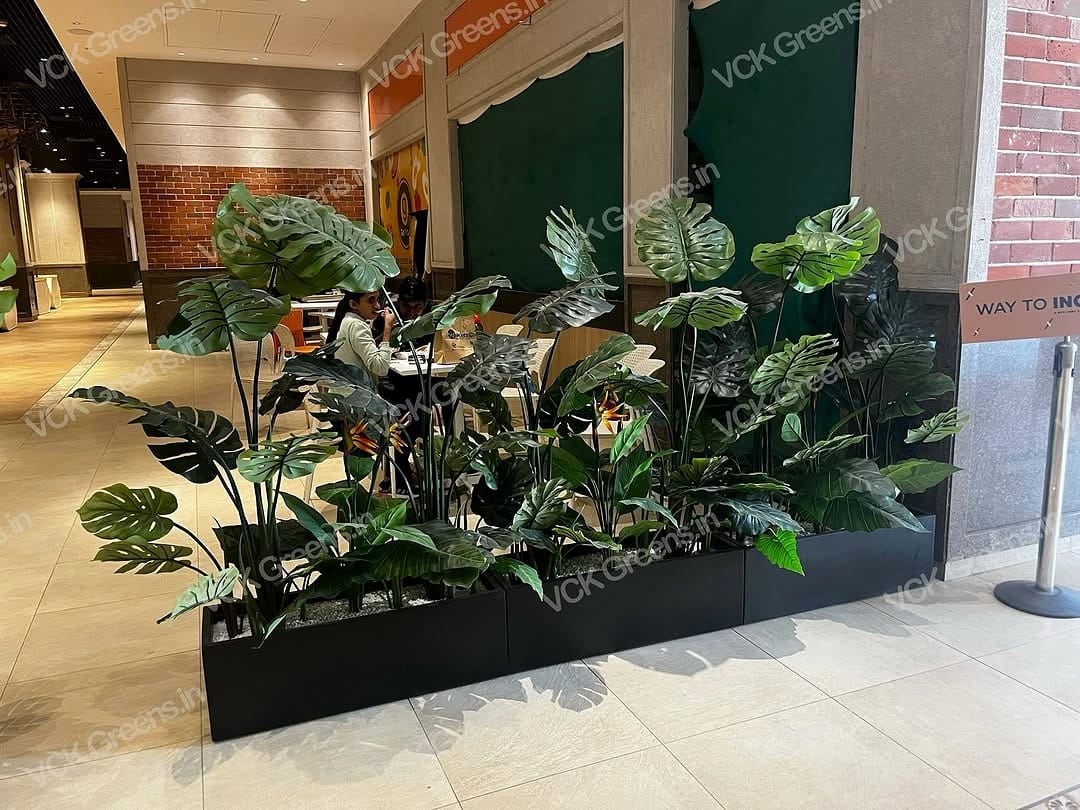
Plant partitions can divide space and add greenery to your library. Use tall, leafy plants in rows to create natural dividers between reading areas or study zones. This setup maintains an open feel while providing privacy and sound dampening. Plant partitions are practical and beautiful, enhancing both the functionality and aesthetics of your library.
Final Thoughts
Incorporating plants into your library offers endless possibilities for creativity and expression. From air-purifying plants to vertical gardens, each idea can transform your library into a sanctuary of learning and relaxation. As you embark on your plant curation journey, remember to consider the unique needs of your space and audience. Experiment with different plant types and arrangements to discover what works best for you. By bringing nature indoors, you'll enrich the library experience, creating a haven that patrons will cherish and return to time and again.
